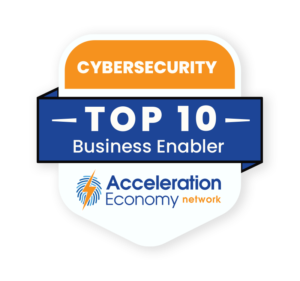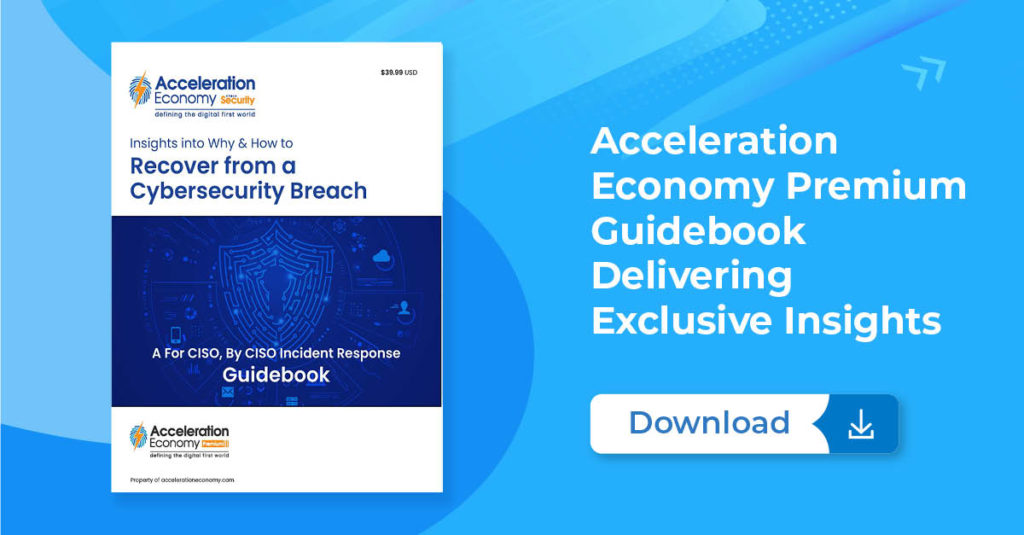Adoption of cloud computing continues to increase as organizations leverage cloud services to store and process data, build and host new products, and bring ideas to market faster than ever. In addition to the sheer computing power it provides, cloud is growing more popular because provisioning is easy and simple: a tech leader can quickly gain access to thousands of servers instead of placing a massive hardware order.
Most recently, cloud adoption has moved increasingly toward a multi-cloud architecture, where organizations use multiple providers to support different applications and services. A Flexera study reports that 80% of companies have some type of multi-cloud strategy in place.
There are several reasons for this trend; resiliency is among the most important. When a provider goes down, it can result in massive disruption; and, despite impressive uptime records, such outages do happen, as recounted by this global outage breakdown on AWS Maniac.
A multi-cloud implementation can help lessen the negative consequences of such a scenario, but it can also bring higher complexity and costs, as well as compliance and data management challenges. This analysis will examine the pros and cons of adopting a multi-cloud strategy, including the cybersecurity implications.
Which companies are the most important vendors in cybersecurity? Click here to see the Acceleration Economy Top 10 Cybersecurity Shortlist, as selected by our expert team of practitioner analysts.
Multi-Cloud Pros
Multi-cloud is an architecture that will elicit high fives or thousand-yard stares when presented to technology pros. An engineer may have a horror story from a prior job where multi-cloud implementation went poorly and they were left cleaning up a complicated mess.
Multi-cloud can have tremendous benefits, but only if implemented and managed correctly. I’m going to break down some of its benefits based on my experience working in environments that implemented multiple clouds, or seriously considered doing so, from an architecture and implementation standpoint.
Flexibility
One of the most significant benefits of a multi-cloud strategy is its flexibility to support diverse development teams, which can select the best cloud services for specific needs by using multiple cloud providers. Each provider offers unique features and services, such as machine learning (ML) model support, simple container orchestration, or data analytics functionality. Adopting a multi-cloud strategy allows organizations to take advantage of the best offerings for the problem at hand.
Further, adopting a multi-cloud strategy can help organizations avoid vendor lock-in, which occurs when an organization becomes overly reliant on a single vendor and cannot switch to another provider. With vendor lock-in comes risks including changes in foundational services that result in failures or fluctuations in pricing.
High Availability
A multi-cloud strategy can also improve availability by reducing the risk of downtime and data loss. For the security team, this is about keeping services online without the need to bring them down for maintenance and being resilient against denial of service (DoS) attacks.
For example, in an outage or disruption, a multi-cloud strategy opens up opportunities for organizations to switch to a different cloud provider, ensuring that computing services remain available. Additionally, a multi-cloud strategy can improve disaster recovery, as data can be stored in multiple locations, reducing the risk of data loss in the event of a disaster.
Cost Savings
Adopting a multi-cloud strategy can also result in cost savings. Organizations can reduce expenses by selecting the provider that offers the best pricing for specific services. Additionally, a multi-cloud strategy can help organizations with budgeting and cost optimization: They can better manage their cloud spending by spreading it across multiple providers.
Improved Security Potential
Finally, a multi-cloud strategy can improve security. Organizations can implement additional security layers and redundancy by using multiple cloud providers. For example, an organization could use one cloud provider for its storage needs and another for its application needs. This approach can reduce the risk of a single point of failure and improve overall security.
Multi-Cloud Cons
If not managed correctly, multi-cloud can be a massive headache. It’s like most tech strategies: a big blessing or an enormous burden depending on how it’s planned, executed, and managed. If your organization is considering a multi-cloud architecture, these are some things you should consider in your analysis.
Increased Complexity
One of the main challenges of a multi-cloud strategy is the increased complexity it can introduce. Managing multiple cloud providers can require additional resources. Additionally, interoperability issues can arise when using multiple providers, resulting in compatibility issues and difficulty managing data across those providers.
Higher Costs
If done well, as discussed earlier, organizations can leverage the best and most cost-effective cloud service for each problem. If not managed well, however, there may be higher costs.
Higher costs could be technical or people-related due to the increase in training requirements or higher cognitive overhead on engineering teams that need to manage the complexities of multiple cloud providers.
More complex cloud architectures may require more resources and increase overall costs. Additionally, cloud providers may have different pricing structures, making cost management more challenging for teams that need to ingest data from multiple sources for cost analysis. Smaller engineering or finance teams may not have the means of doing this effectively.
Data Management and Governance Challenges
Managing data across multiple cloud providers can also be challenging. For example, ensuring compliance with regulatory requirements can be complex; spreading data across numerous providers translates into significantly increased points of exposure that require protection. Data consistency and integrity can also be problematic when data is stored across various locations. In this case, you may benefit from support by a third party dedicated to managing the complexities around data governance across cloud providers.
Conclusion
A multi-cloud strategy can offer many benefits, including flexibility, high availability, cost savings, and improved security. However, it can also introduce challenges, including increased complexity, higher costs, expanded data management requirements, and governance challenges. Ultimately, whether or not to adopt a multi-cloud strategy depends on an organization’s unique needs and goals. Therefore, organizations considering a multi-cloud strategy should carefully weigh the pros and cons in context of their business requirements and tech capabilities.
Want more cybersecurity insights? Visit the Cybersecurity channel:










